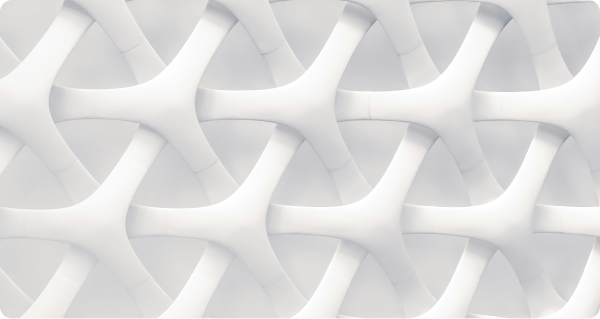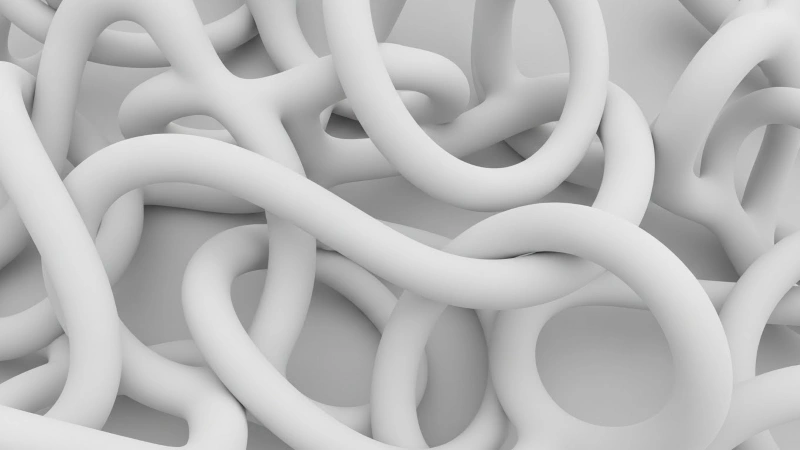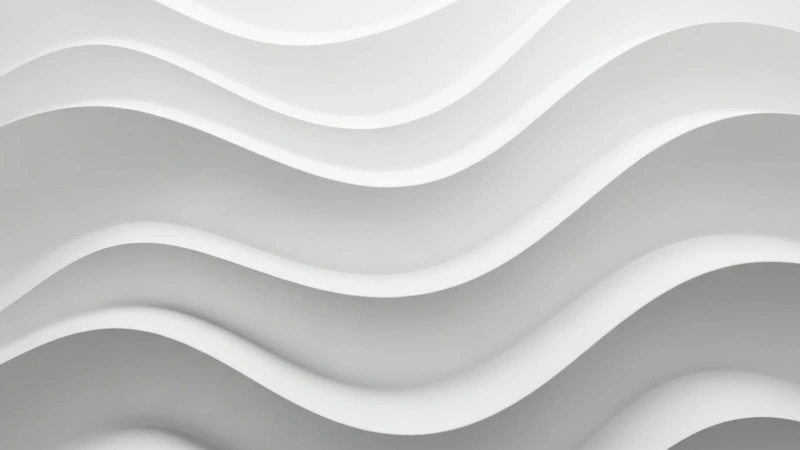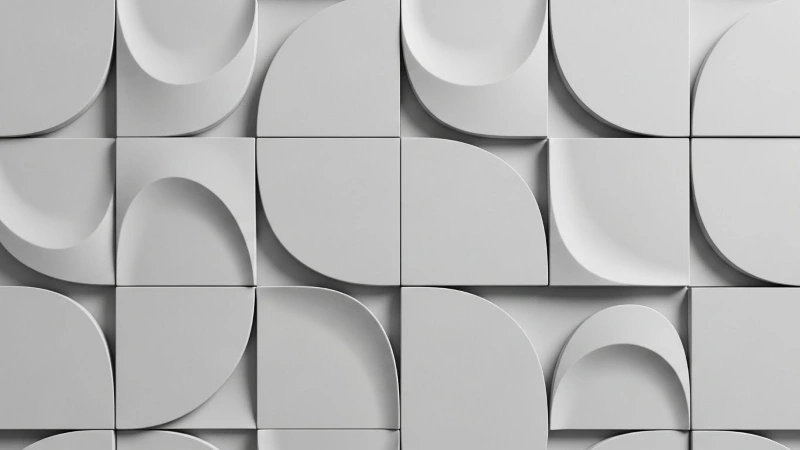
The beauty of remote design services is the ability to connect with creative minds across the globe, breaking down geographical barriers and fostering innovation — of collaborating on an international stage on projects. Getting a new POV. Understanding new techniques. Shaking hands with radical new designs. In the modern interconnected world, remote design services have become a key component of the dog-eat-dog business landscape. They offer flexibility, cost savings, and access to a global talent pool — a trifecta of benefits that revitalizes any business venture. These services are shifting the paradigm of how businesses and individuals spearhead design projects. This guide is here to provide you with invaluable insights into effectively utilizing remote design services — we’’’ dissect the minutia of finding and hiring a remote designer to the juggling act of managing and completing projects successfully.
Remote design services is an umbrella term that takes into account a wide range of design solutions that are currently provided through digital platforms. These services include graphic design, web design, interior design, and more. Unlike traditional design services, remote designers work mostly and mainly through online collaboration — leveraging a mountain of digital tools and software to connect with clients.
Remote design services cover a broad spectrum, including:
The demand for remote design services has spiked throughout the years. In part this gallop to the moon has been driven by advancements in technology and the shift towards remote work. According to a report by Upwork, 36% of the U.S. workforce is now freelancing. A vast portion in the design sector. This trend is expected to continue, as businesses recognize the benefits of remote design solutions. As the gig economy increases so does this methodology.
One of the main upticks of remote design services is the access to a global talent pool. Businesses can find designers with specific expertise and styles that match their project needs, regardless of location.
You could be a multinational corporation based in Germany that has decided – after a check of Instagram and portfolios – to hire a remote designer from Brazil to rebrand their product line. The designer’s unique perspective and cultural insights resulted in a fresh and innovative brand identity that resonated with a global audience. Not only that, but compared to what a Germany based designer would have charged, your company found better quality at half the price.
Remote design services often come with cost savings, as designers working remotely typically have lower overhead costs. Not only that, but each designer adapts their price to their region — it costs less to live in Buenos Aires, then it does to pay rent in New York. This translates to more competitive pricing for clients. Plus, businesses can choose from various pricing models, such as fixed rates or hourly charges, providing budget flexibility.
Remote designers utilize advanced technology and collaboration tools to streamline the design process. They work, in a way, around the clock, 24/7. This leads to faster turnaround times — making sure that projects are completed promptly.
Remote design positions/services offer unparalleled flexibility and scalability. Whether you need a single designer for a small project or a team for a large-scale endeavor, remote design services can be tailored to meet your specific requirements.
Modern communication and collaboration tools have made working with remote designers more seamless than ever — it’s never been easier. Thanks to platforms like Upwork, and tools like ZOOM, SLACK, TRELLO, etc. Video conferencing, project management software, and real-time design collaboration software help clear communication and efficient project management.
The first step in hiring a remote designer is to define your design needs and project scope – to really focus on what makes it unique. Comprehending what you require will help you find a designer with the right skills and experience.
Research potential designers by reviewing their portfolios, reading client reviews, and checking their credentials. Online platforms such as Upwork, Behance, and Dribbble are excellent resources for finding talented remote designers.
A known CBD startup company in Canada needed a new website design – one that could streamline the delivery and purchase of their delectable products. By researching and selecting a designer through Behance, they found a professional who specialized in modern, minimalist web design, perfectly matching their brand aesthetic.
Evaluate the credentials and experience of potential designers. Everyone lies a bit — that’s normal. It’s good to know what they are lying about. Look for relevant work experience, design education, and any certifications that may indicate a higher level of expertise.
Conduct interviews and design assessments to gauge the designer’s skills, creativity, and ability to meet your project’s requirements. This step ensures that you hire a designer who is not only talented but also a good fit for your team.
Numbers are just that numbers – let’s talk stories and take a gander at how a well known international company managed to leverage this new mechanic.
GitLab, a web-based DevOps lifecycle tool that provides a Git repository manager providing wiki, issue-tracking, and CI/CD pipeline features, is a prime example of a company that has successfully benefited from hiring remote designers.
Currently, GitLab operates on a completely remote model with no physical offices – but that wasn’t always the case. Their approach to hiring remote talent has been a key factor in this pivot and in their new found growth and success.
GitLab had always faced several challenges in the traditional hiring model, such as:
GitLab adopted a fully remote work model and focused on hiring remote designers to overcome these challenges. This came in part due to the lesson they learned during the 2020 global pandemic — when they had no other choice but to transition to remote work. They implemented several strategies:
Begin your collaboration with an initial consultation – a meet and greet to get all your Qs and As. Discuss project goals, expectations, and timelines. A very exacting project briefing helps synch both parties and sets the foundation for a successful partnership.
Set crystal clear expectations and goals for the project. Outline deliverables, deadlines, and communication protocols to ensure that everyone is on the same page.
Utilize collaborative tools and software to better communication and boost project management. And the sky’s the limit when it comes to tools for that task. Platforms like Slack, Trello, and Figma help dynamic round the clock collaboration and keep everyone informed about project progress.
“The right tools can make all the difference in remote collaboration. They streamline the workflow and ensure that everyone stays connected.” – Michael Green, Senior Designer at RemoteDesigns
Constructive feedback is crucial to refining the design. Provide clear and specific feedback to guide the designer towards the desired outcome. Be open to revisions and iterations to achieve the best results.
Once the design is complete, review the final deliverables to ensure they meet your expectations. Provide feedback if necessary and finalize the design. Ensure that you are satisfied with the results before concluding the project.
Clear communication and thorough documentation are essential for successful remote design projects. Document all agreements, feedback, and project milestones to maintain transparency and avoid misunderstandings.
A strong relationship between the designer and client fosters collaboration and trust. Regular check-ins, open communication, and mutual respect contribute to a positive working relationship.
A fashion boutique retailer in New York built a long-term relationship with a remote designer in Paris. The ongoing collaboration resulted in a powerful and consistent brand identity – one that enhanced the retailer’s market presence.
Discuss budgeting and payment arrangements upfront. Establish a clear payment schedule based on project milestones or deliverables to ensure financial clarity.
Understanding legal and contractual aspects is crucial when working with remote designers. Ensure that all agreements are documented and legally binding to protect both parties.
Flexibility and adaptability are key to navigating the dynamic nature of remote design projects. Be open to adjustments and changes as the project progresses to achieve the best results.
Here are some stats in case you’re still on the fence:
Remote design services offer a smorgasbord of benefits, including but not limited to access to a global talent pool to cost savings and increased efficiency. By understanding the scope and advantages of remote design, finding the right designer, and implementing best practices for collaboration, businesses can successfully leverage these services for their projects. As remote work continues to shape the future of design, embracing remote design services can lead to innovative and successful project outcomes.
About the Author
With a deep understanding of what companies need to build top-performing remote teams and fully remote departments, his journey with Uptalent has been dedicated to creating exceptional remote work solutions and helping companies thrive with top-tier remote talent.
Expertise:
Explore these related articles to dive deeper into the topic and discover more insights.

How a Digital Marketing Strategist Helps You Build Effective Campaigns

5 Key Benefits of SEO Outsourcing for Digital Marketing Agencies

The Importance of a Payroll Specialist in Preventing Payroll Errors